This page is number 3 of seven pages on MexConnect which come originally from the website of CEDEX (Center for Historic Studies of Public Works and Town Planning) in Madrid, Spain. (Links to the other six pages are provided at the end of the article). The pages reflect an exhibition organized by CEDEX in 1988, entitled “Manila 1571–1898, The West in East”.
In those days shipping vessels were the most complex machines of the time, the galleon being the most outstanding example of available technology.
Transoceanic voyages meant that traditional vessels had to adapt to ocean-going conditions, and were therefore built to withstand long voyages and heavy storms. Tonnage was increased, hulls were reinforced, deck installations were improved and the sails occupied a greater ratio of sail-to-deck space.
The galleon, which was the product of a complex port system developed by Spain, had a displacement of between 300 and 800 tons and was some 30 metres long.New designs were drawn up in the 18th century as different types of ships and frigates were developed and built. With the arrival of the Age of Enlightenment, the warship was a product with a difference, and the technology used was later incorporated into merchant navy vessels. Steam-driven sea-going vessels were not to appear on the scene until the end of the 19th century.
All manner of merchandise was shipped across the oceans. These were the strategic cargoes related to the profits of the Royal Treasury, which were therefore subject to territorial control: precious metals, arms, books, documents and some scientific instruments. Other shipments comprised a variety of goods according to the supply and demand of the times.
The nature of cargoes and the control exercised over them was an essential factor, given the relatively small size of the ships. Techniques for loading on board were usually the object of study, in order to ensure the safety of the vessel, and all available space was usually taken advantage of. In the Philippines, the governing authorities assigned “boletas” for the loading of the galleon with “piezas”, which were units of cargo. Different types of packaging and containers were used: barrels for fresh water, protective sacking, boxes, rudimentary crates, etc. Ideas and culture, Christian beliefs and doctrine, technology and art and scientific developments in medical and botanical knowledge all crossed from one frontier to another aboard the vessels that sailed the seas.
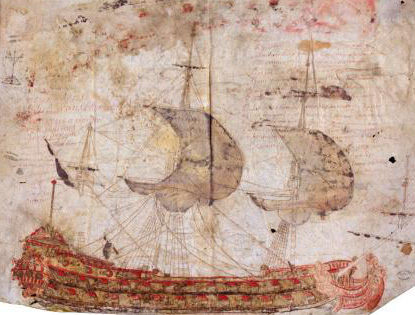
During the greater part of the modern era, there were few differences between ships used for transport and those used as war vessels. In the navy, the ship of the line was to be the star until it was replaced by the steamer.
Vessel
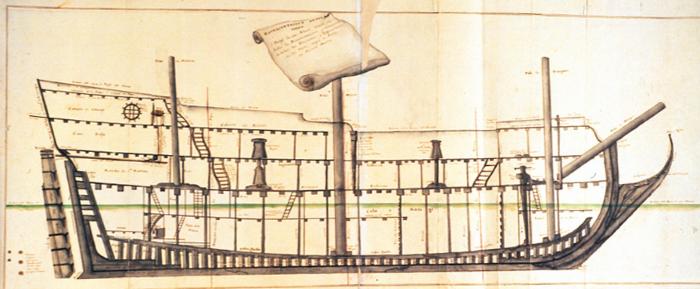
The shape and dimensions of the hull determined its cargo capacity and navigation qualities, while the sails provided the driving force, both in terms of speed and maneuverability.
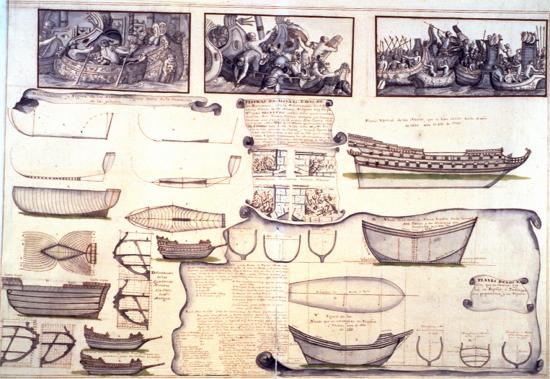
This shows different models of ships, including those used on the voyages between Spain and America.
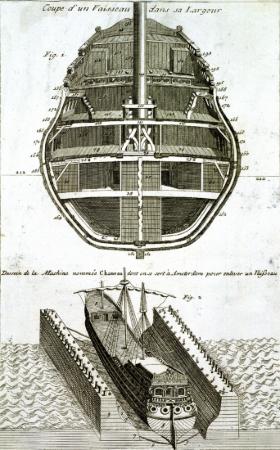
From the second half of the 15th century onwards, the increase in capacity requirements of vessels called for new methods for careening ships without having to turn them on their sides, and this gave rise to the development of dry docks and careening docks.
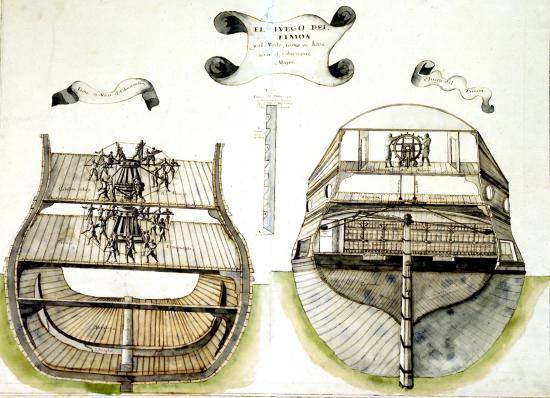
Aboard ship, heavy loads were moved by means of a capstan or vertical-shaft winches which had several times the power of one man. During the modern era, the medieval rudder, which consisted of one or two oars suspended from the sides, was replaced by a single rudder suspended from the stern post, which considerably improved steering operations.
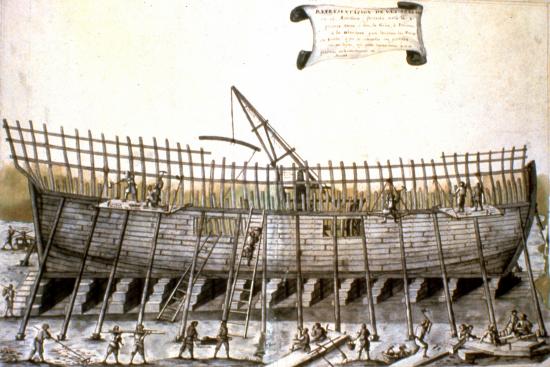
The most characteristic naval facilities used for the construction of ships on dry land comprised the shipyard, inside which was the slipway, upon which construction of the vessel was begun.
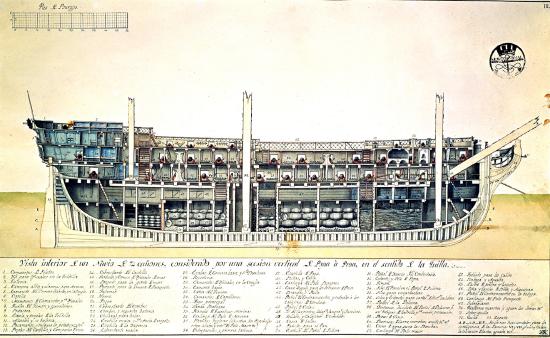
Merchandise loaded on board for overseas trade was classified in two categories – strategic, which were directly linked to Crown interests, and general, these latter being the object of supply and demand existing in those ports that held a concession for holding markets for exchange of merchandise.
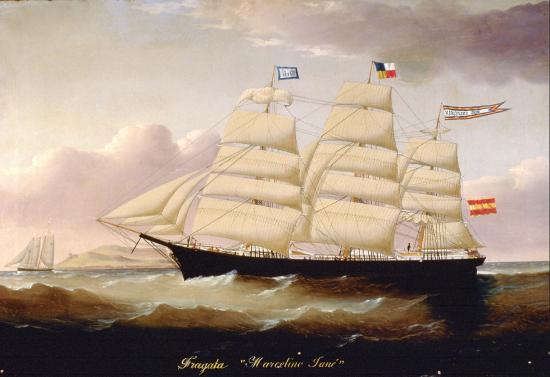
The frigates started life in the 17th century as warships but were used as merchant navy vessels for transoceanic voyages during the 18th and 19th centuries.
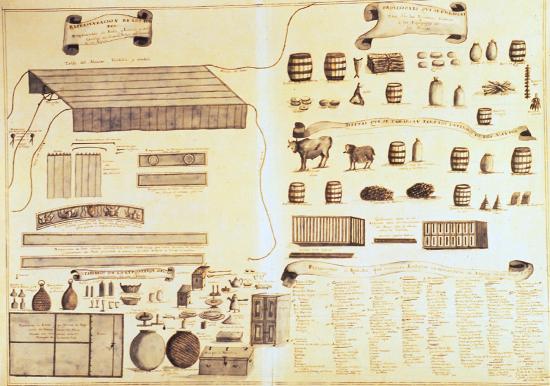
In order to avoid the illnesses brought on by poor nutrition during long voyages and which hitherto had claimed so many lives, the 18th century saw the beginnings of an effort to carefully select and preserve all foodstuffs kept in the storehouse of the vessel.
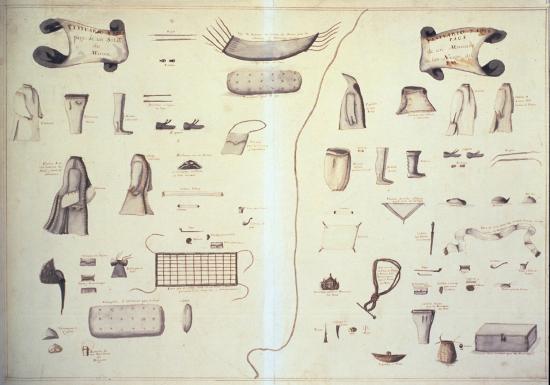
The reforming policies of the Bourbon era took care to implement and systematize, down to the smallest detail, the uniforms and kit used on the voyages undertaken by the Spanish fleet.
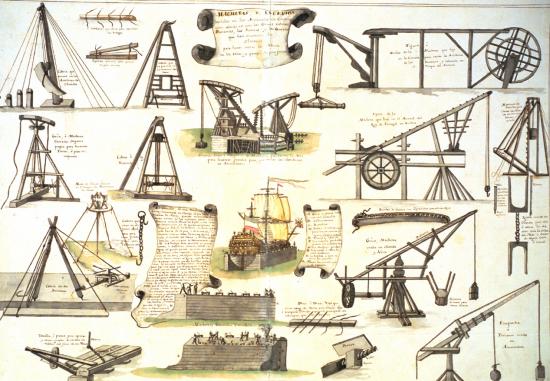
During the 18th century, the arsenals were centres of technological innovation in naval construction, and here different machines and other elements were developed; the use of these devices spread to the merchant navy and to a multitude of land-based applications, as is the case of lifting machines and portable fire-fighting equipment.
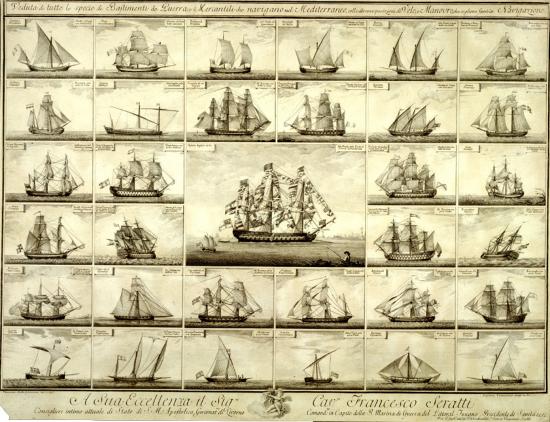
The perfecting of techniques in naval construction meant that the most suitable design could be drawn up for each specific purpose and even take into account the particular types of winds that would be encountered on the different kinds of voyages.
From the 17th century onwards, the hold of larger tonnage vessels was divided into several sections and storerooms: anchor chains and mooring ropes, water and wine supply, chests for bullets, food supplies, etc.
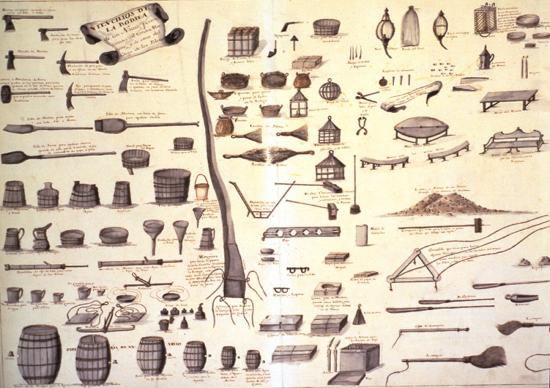
In the early 18th century, the Spanish fleet was refurbished and this led to the modernizing of ships used on the communications routes between the old world and the new, and ships with greater cargo capacity and fitted out with more powerful artillery were built.
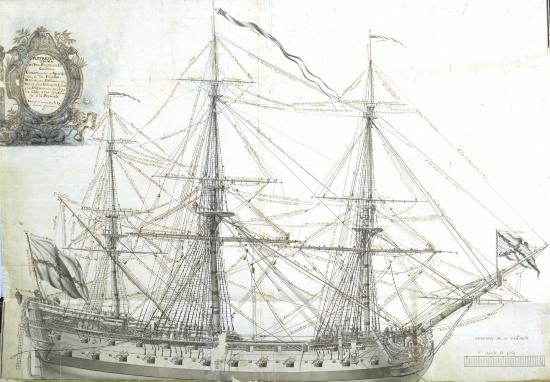
The “Casa de Contratación” was of valuable assistance to seamen, as it held in its custody the standards against which the quality of nautical instruments could be checked and, on occasions, even manufactured such instruments.
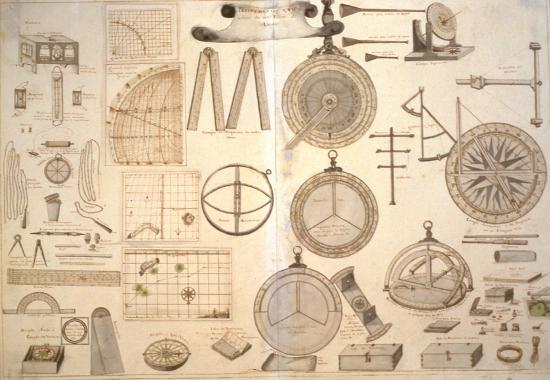
Besides the importance of purely technical aspects, the lengthiness of the voyages suggested the need to take care of the small details that would make life aboard more comfortable.
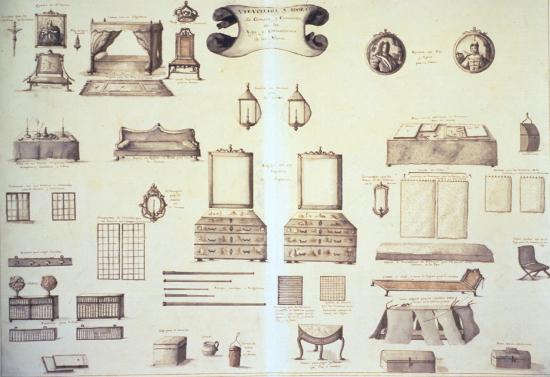
We believe that the material on this page is in the public domain, but if you have reason to believe otherwise, please advise us so that we can provide the correct credit/s.
The other pages on our site are:
- 1 The Longest Transoceanic Route
- 2 Sailing On and On
- 4 Defending the Sea and the Land
- 5 The “Virreinato” of New Spain
- 6 The “Cuadrícula”
- 7 The Pacific Route to the Orient
Published or Updated on: March 31, 2008

